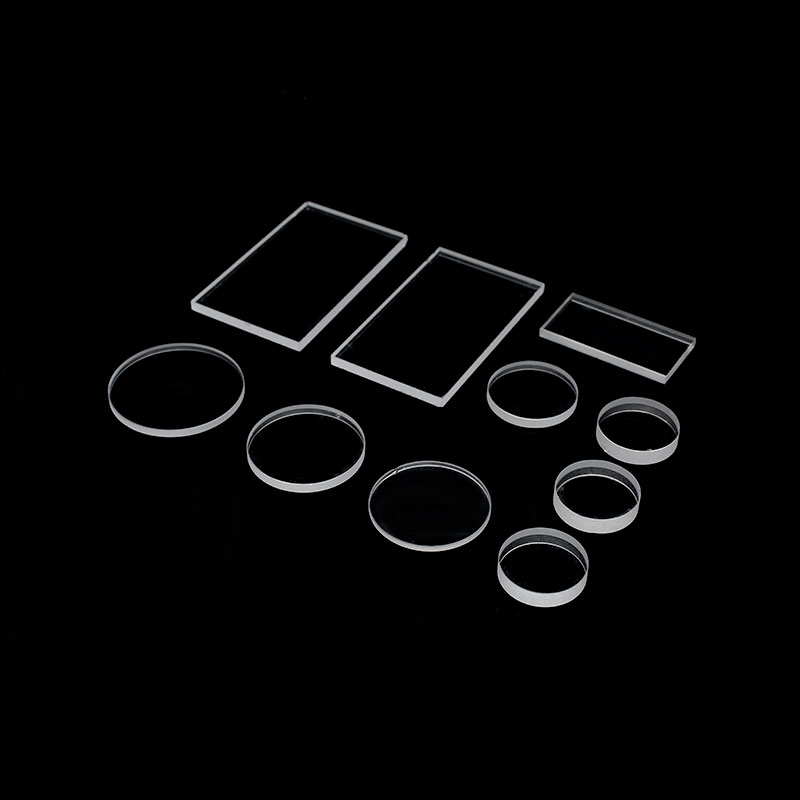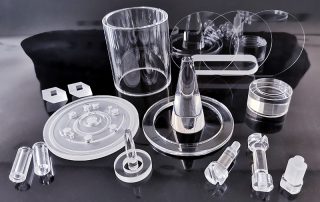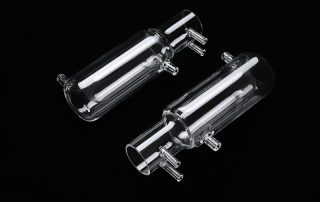
Transmittance and Performance of Optical Quartz Glass
Optical Quartz Glass: Key Features and Applications
Optical quartz glass is a high-purity amorphous material primarily composed of silicon dioxide (SiO2). Its remarkable optical and physical characteristics make it essential in many high-tech applications. This article explores the key features of optical quartz glass and its various uses across different industries.
Key Features
-
High Transmittance: Optical quartz glass is known for its exceptional ability to transmit light across a broad spectrum. In the ultraviolet (UV) range (200-300 nm), transmittance can exceed 90%, making it ideal for applications like disinfection and photolithography. In the visible (400-700 nm) and near-infrared (NIR) regions (700-2500 nm), transmittance typically remains high, at 90-95% for visible light and over 80% for near-infrared light.
-
Low Thermal Expansion Coefficient: This material has a low thermal expansion coefficient, allowing it to maintain dimensional stability under temperature variations. This stability is crucial in laboratory and industrial environments where temperature fluctuations are common.
-
High Heat Resistance: Optical quartz glass can withstand temperatures up to 1000°C without losing optical performance. This makes it suitable for high-temperature applications in laser technologies and semiconductor processes.
-
Excellent Chemical Stability: Quartz glass exhibits strong resistance to chemical corrosion, enduring exposure to most acids, alkalis, and salts. Its chemical stability is particularly effective under high temperatures, making it preferred in semiconductor manufacturing where aggressive solvents are used.
-
High Mechanical Strength: Despite being brittle, optical quartz glass has high hardness and compressive strength, enabling it to withstand mechanical stresses during manufacturing and use.
Application Areas
-
Optical Components: Used extensively in producing lenses, prisms, filters, and optical fibers, it ensures minimal interference in applications like photography and telecommunications.
-
Semiconductor Industry: Functions as masks for photolithography, observation windows, and crucibles in semiconductor manufacturing, where its UV light transmission is critical.
-
Laser Technology: Essential in creating components for laser devices, it maintains optical quality under high energy and temperature conditions.
-
Ultraviolet Light Sources: Widely used in UV lamps and sterilization equipment due to its high UV transmittance, making it suitable for disinfection technologies.
-
Aerospace Applications: Employed in high-precision optical instruments and astronomical equipment, it withstands extreme conditions in space exploration.
-
Scientific Research: Utilized in spectroscopy and high-energy physics experiments, its properties are crucial for accurate measurements and results.



















